HSBC 2010 Annual Report Download - page 115
Download and view the complete annual report
Please find page 115 of the 2010 HSBC annual report below. You can navigate through the pages in the report by either clicking on the pages listed below, or by using the keyword search tool below to find specific information within the annual report.-
 1
1 -
 2
2 -
 3
3 -
 4
4 -
 5
5 -
 6
6 -
 7
7 -
 8
8 -
 9
9 -
 10
10 -
 11
11 -
 12
12 -
 13
13 -
 14
14 -
 15
15 -
 16
16 -
 17
17 -
 18
18 -
 19
19 -
 20
20 -
 21
21 -
 22
22 -
 23
23 -
 24
24 -
 25
25 -
 26
26 -
 27
27 -
 28
28 -
 29
29 -
 30
30 -
 31
31 -
 32
32 -
 33
33 -
 34
34 -
 35
35 -
 36
36 -
 37
37 -
 38
38 -
 39
39 -
 40
40 -
 41
41 -
 42
42 -
 43
43 -
 44
44 -
 45
45 -
 46
46 -
 47
47 -
 48
48 -
 49
49 -
 50
50 -
 51
51 -
 52
52 -
 53
53 -
 54
54 -
 55
55 -
 56
56 -
 57
57 -
 58
58 -
 59
59 -
 60
60 -
 61
61 -
 62
62 -
 63
63 -
 64
64 -
 65
65 -
 66
66 -
 67
67 -
 68
68 -
 69
69 -
 70
70 -
 71
71 -
 72
72 -
 73
73 -
 74
74 -
 75
75 -
 76
76 -
 77
77 -
 78
78 -
 79
79 -
 80
80 -
 81
81 -
 82
82 -
 83
83 -
 84
84 -
 85
85 -
 86
86 -
 87
87 -
 88
88 -
 89
89 -
 90
90 -
 91
91 -
 92
92 -
 93
93 -
 94
94 -
 95
95 -
 96
96 -
 97
97 -
 98
98 -
 99
99 -
 100
100 -
 101
101 -
 102
102 -
 103
103 -
 104
104 -
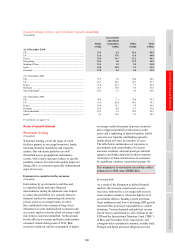 105
105 -
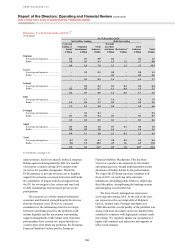 106
106 -
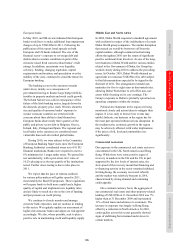 107
107 -
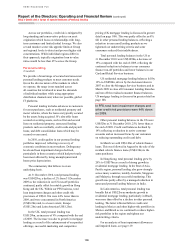 108
108 -
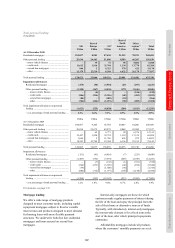 109
109 -
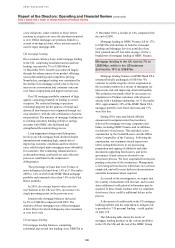 110
110 -
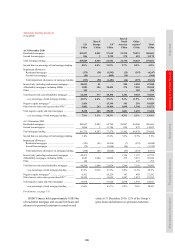 111
111 -
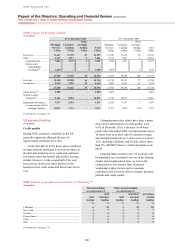 112
112 -
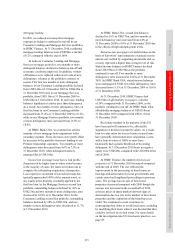 113
113 -
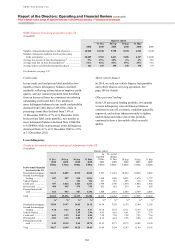 114
114 -
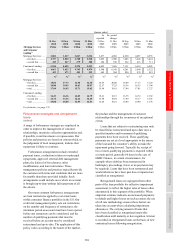 115
115 -
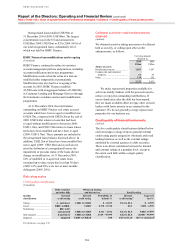 116
116 -
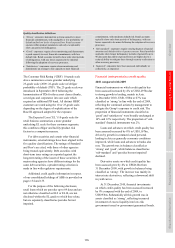 117
117 -
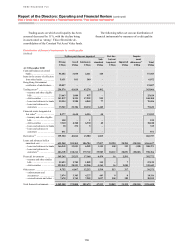 118
118 -
 119
119 -
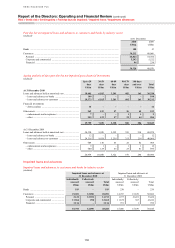 120
120 -
 121
121 -
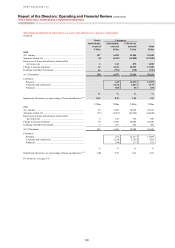 122
122 -
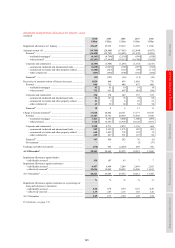 123
123 -
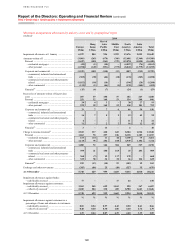 124
124 -
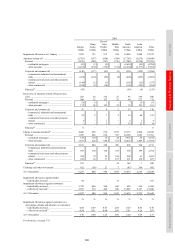 125
125 -
 126
126 -
 127
127 -
 128
128 -
 129
129 -
 130
130 -
 131
131 -
 132
132 -
 133
133 -
 134
134 -
 135
135 -
 136
136 -
 137
137 -
 138
138 -
 139
139 -
 140
140 -
 141
141 -
 142
142 -
 143
143 -
 144
144 -
 145
145 -
 146
146 -
 147
147 -
 148
148 -
 149
149 -
 150
150 -
 151
151 -
 152
152 -
 153
153 -
 154
154 -
 155
155 -
 156
156 -
 157
157 -
 158
158 -
 159
159 -
 160
160 -
 161
161 -
 162
162 -
 163
163 -
 164
164 -
 165
165 -
 166
166 -
 167
167 -
 168
168 -
 169
169 -
 170
170 -
 171
171 -
 172
172 -
 173
173 -
 174
174 -
 175
175 -
 176
176 -
 177
177 -
 178
178 -
 179
179 -
 180
180 -
 181
181 -
 182
182 -
 183
183 -
 184
184 -
 185
185 -
 186
186 -
 187
187 -
 188
188 -
 189
189 -
 190
190 -
 191
191 -
 192
192 -
 193
193 -
 194
194 -
 195
195 -
 196
196 -
 197
197 -
 198
198 -
 199
199 -
 200
200 -
 201
201 -
 202
202 -
 203
203 -
 204
204 -
 205
205 -
 206
206 -
 207
207 -
 208
208 -
 209
209 -
 210
210 -
 211
211 -
 212
212 -
 213
213 -
 214
214 -
 215
215 -
 216
216 -
 217
217 -
 218
218 -
 219
219 -
 220
220 -
 221
221 -
 222
222 -
 223
223 -
 224
224 -
 225
225 -
 226
226 -
 227
227 -
 228
228 -
 229
229 -
 230
230 -
 231
231 -
 232
232 -
 233
233 -
 234
234 -
 235
235 -
 236
236 -
 237
237 -
 238
238 -
 239
239 -
 240
240 -
 241
241 -
 242
242 -
 243
243 -
 244
244 -
 245
245 -
 246
246 -
 247
247 -
 248
248 -
 249
249 -
 250
250 -
 251
251 -
 252
252 -
 253
253 -
 254
254 -
 255
255 -
 256
256 -
 257
257 -
 258
258 -
 259
259 -
 260
260 -
 261
261 -
 262
262 -
 263
263 -
 264
264 -
 265
265 -
 266
266 -
 267
267 -
 268
268 -
 269
269 -
 270
270 -
 271
271 -
 272
272 -
 273
273 -
 274
274 -
 275
275 -
 276
276 -
 277
277 -
 278
278 -
 279
279 -
 280
280 -
 281
281 -
 282
282 -
 283
283 -
 284
284 -
 285
285 -
 286
286 -
 287
287 -
 288
288 -
 289
289 -
 290
290 -
 291
291 -
 292
292 -
 293
293 -
 294
294 -
 295
295 -
 296
296 -
 297
297 -
 298
298 -
 299
299 -
 300
300 -
 301
301 -
 302
302 -
 303
303 -
 304
304 -
 305
305 -
 306
306 -
 307
307 -
 308
308 -
 309
309 -
 310
310 -
 311
311 -
 312
312 -
 313
313 -
 314
314 -
 315
315 -
 316
316 -
 317
317 -
 318
318 -
 319
319 -
 320
320 -
 321
321 -
 322
322 -
 323
323 -
 324
324 -
 325
325 -
 326
326 -
 327
327 -
 328
328 -
 329
329 -
 330
330 -
 331
331 -
 332
332 -
 333
333 -
 334
334 -
 335
335 -
 336
336 -
 337
337 -
 338
338 -
 339
339 -
 340
340 -
 341
341 -
 342
342 -
 343
343 -
 344
344 -
 345
345 -
 346
346 -
 347
347 -
 348
348 -
 349
349 -
 350
350 -
 351
351 -
 352
352 -
 353
353 -
 354
354 -
 355
355 -
 356
356 -
 357
357 -
 358
358 -
 359
359 -
 360
360 -
 361
361 -
 362
362 -
 363
363 -
 364
364 -
 365
365 -
 366
366 -
 367
367 -
 368
368 -
 369
369 -
 370
370 -
 371
371 -
 372
372 -
 373
373 -
 374
374 -
 375
375 -
 376
376 -
 377
377 -
 378
378 -
 379
379 -
 380
380 -
 381
381 -
 382
382 -
 383
383 -
 384
384 -
 385
385 -
 386
386 -
 387
387 -
 388
388 -
 389
389 -
 390
390 -
 391
391 -
 392
392 -
 393
393 -
 394
394 -
 395
395 -
 396
396
 |
 |

113
Overview Operating & Financial Review Governance Financial Statements Shareholder Information
Quarter ended
31 Dec
2010
30 Sep
2010
30 Jun
2010
31 Mar
2010
As
reported
31 Dec
2009
Ex. period
change
31 Dec
2009
30 Sep
2009
30 Jun
2009
31 Mar
2009
US$m US$m US$m US$m US$m US$m US$m US$m US$m Mortgage Services
and Consumer
Lending24
Mortgage Services: .... 3,002 3,117 3,067 3,236 3,477 4,456 4,250 4,257 4,535
– first lien ............... 2,757 2,850 2,788 2,928 3,093 3,900 3,688 3,642 3,824
– second lien .......... 245 267 279 308 384 556 562 615 711
Consumer Lending: ... 5,284 5,495 5,278 5,493 6,022 7,445 7,131 6,514 6,203
– first lien ............... 4,861 5,022 4,795 4,970 5,380 6,541 6,241 5,640 5,322
– second lien .......... 423 473 483 523 642 904 890 874 881
%23 %23 %23 %23 %
23 %
23 %
23 %23 %23
Mortgage Services:
– first lien ............... 18.02 17.73 16.50 16.38 16.53 20.00 18.09 17.13 17.24
– second lien .......... 10.80 10.93 10.63 10.87 12.57 17.25 16.36 16.35 17.44
– total ..................... 17.09 16.83 15.71 15.62 15.98 19.61 17.84 17.01 17.27
Consumer Lending:
– first lien ............... 16.23 16.16 14.85 14.79 15.41 18.15 16.75 14.72 13.52
– second lien .......... 12.72 13.16 12.44 12.25 13.98 18.64 17.49 16.17 15.43
– total ..................... 15.88 15.85 14.59 14.51 15.24 18.21 16.84 14.90 13.76
For footnotes, see page 174.
Forbearance strategies and renegotiated
loans
(Audited)
A range of forbearance strategies are employed in
order to improve the management of customer
relationships, maximise collection opportunities and,
if possible, avoid foreclosure or repossession. Our
policies and practices are based on criteria which, in
the judgement of local management, indicate that
repayment is likely to continue.
Forbearance arrangements include extended
payment terms, a reduction in interest or principal
repayments, approved external debt management
plans, the deferral of foreclosures, other
modifications, and loan restructures. These
management policies and practices typically provide
the customer with terms and conditions that are more
favourable than those provided initially. Such
arrangements could include cases where an account
is brought up-to-date without full repayment of all
the arrears.
Our most common forbearance arrangements
are loan restructures applied to real estate loans
within consumer finance portfolios in the US. Our
credit risk management policy sets out restrictions
on the number and frequency of restructures, the
minimum period an account must have been opened
before any restructure can be considered, and the
number of qualifying payments that must be
received before an account may be considered
restructured and up-to-date. The application of this
policy varies according to the nature of the market,
the product and the management of customer
relationships through the occurrence of exceptional
events.
Loans that are subject to restructuring may only
be classified as restructured and up-to-date once a
specified number and/or amount of qualifying
payments have been received. These qualifying
payments are set at a level appropriate to the nature
of the loan and the customer’s ability to make the
repayment going forward. Typically the receipt of
two or more qualifying payments is required within
a certain period, generally 60 days (in the case of
HSBC Finance, in certain circumstances, for
example where debt has been restructured in
bankruptcy proceedings, fewer or no payments may
be required). Loans that have been restructured and
would otherwise have been past due or impaired are
classified as renegotiated.
Renegotiated loans are segregated from other
parts of the loan portfolio for collective impairment
assessment, to reflect the higher rates of losses often
encountered in this segment of the portfolio. When
empirical evidence indicates an increased propensity
to default and higher losses on such accounts, the use
of roll rate methodology ensures these factors are
taken into account when calculating impairment
allowances. The carrying amount of loans that
have been classified as renegotiated retain this
classification until maturity or derecognition. Interest
is recorded on renegotiated loans on the basis of new
contractual terms following renegotiation.
